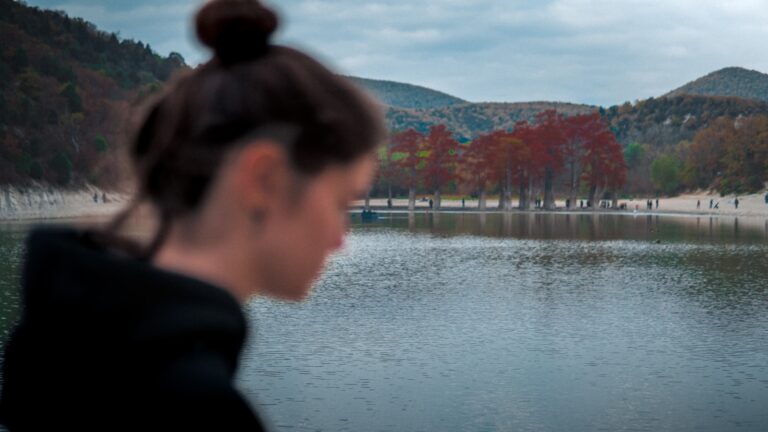Liège: Attracting Tourists in a Unique Way
Liège attracts visitors from near and far with its charming features: a blend of old and new architecture, flea markets, and, of course, the unique yet familiar culinary experiences in this city.
Arriving in Liège for the third time, also by train. But the third time, in this third largest city of Belgium, I found a new station.
According to the documents read, when the Liège train station was established in 1863, despite many renovations, it became too old and cramped, prompting the Belgian railway industry to find ways to “renew” the station. The design by Santiago Calatrava, a Spanish architect, won the award for adhering to the brief while being very creative, thereby helping the city’s residents relax whenever they come to the station to catch a train or pick up loved ones.
Calatrava is indeed an architect with extensive experience in modernizing train stations; he has designed stations such as the high-speed train station Lyon-Satolas near Lyon Airport in France, inaugurated in 1994, and the modern Lisbon Oriente station in Lisbon, the capital of Portugal, which opened in 1998.
In 2009, the new train station in Liège was inaugurated after ten years of construction in an industrial, modern style. Today, this station is a tourist attraction, photographed more than any other famous landmarks in Liège, becoming a new symbol, marking a turning point in the city’s revival.
The light in the station is natural light. And in front of the station, the old Guillemins neighborhood has been restored with a parking lot and pedestrian bridge, allowing direct access from the station to the Médiacité shopping center.

The train station looks artistic, elegant, bright, and spacious; calling it the new highlight of the city of Liège is not an exaggeration, far from the truth. The station even organizes free guided tours for visitors, probably “to show off”!

Not a high-speed train, which offers a fast and efficient way to travel.



